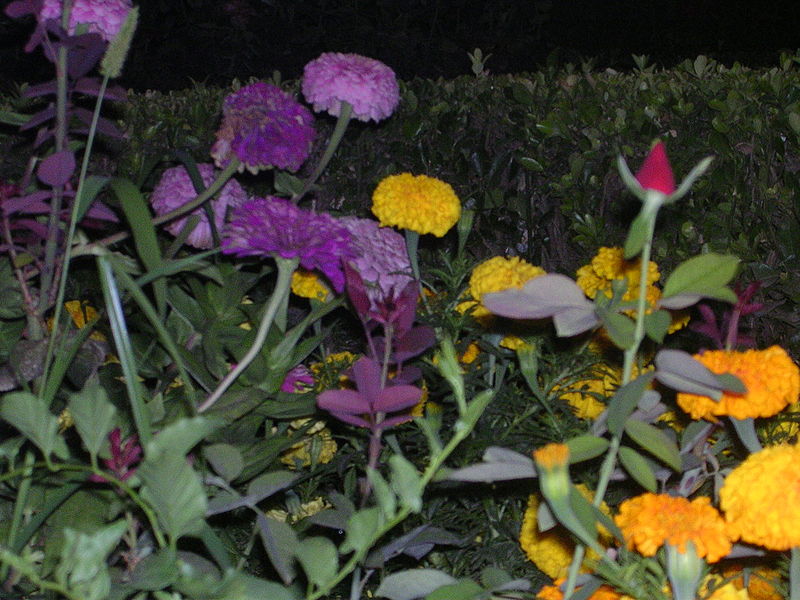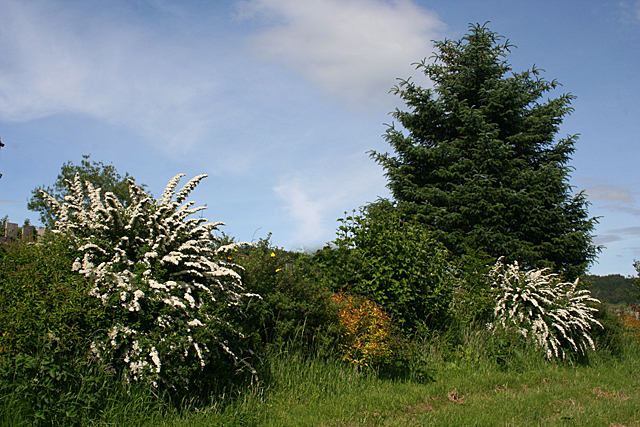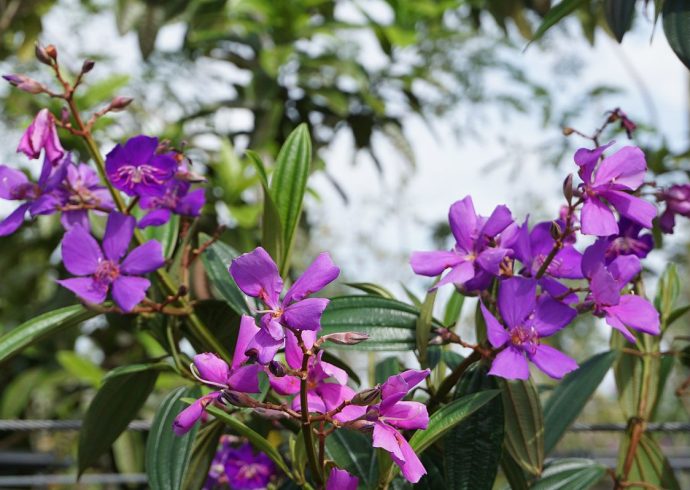
Planting a Spanish Garden
A Spanish garden has a Mediterranean atmosphere to it and can be created anywhere, regardless of what planting zone you live in. Traditionally, the garden has paved areas surrounding smaller areas where plants and trees can be attractively arranged. A Spanish garden can be either built and altered upon an already existing garden or it can be made from scratch. Succulents, cacti, palm trees, fruit trees, and a number of flower can be used in a Spanish garden. Brick patios and walkways can connect the different areas of the garden, or the shrubs, trees and plants can be planted near an already built patio. Large clay pots can be used for flowers and succulents. The ground area can be covered with gravel, which will also help keep out weeds in between the plants. A brick patio is not necessary, or course. If your budget allows for brick walk patio and installation, then it can be done. A Spanish garden is also an excellent garden to consider having if you are thinking of installing a brick patio for the first time, too.
Plants that can be planted in the small areas near the patio can include: crassulaceae (the jade plant is a popular species), ericaceae (this includes the cranberry, blueberry, heather, huckleberry, azalea, and rhododendron plants), agavaceae (this includes the agave, yucca, and Joshua Tree), and portulaca.
The jade plant has large oval shaped leaves in a jade green color and stores water within the leaves. This plant is easy to grow and prefers warm climates. This plant should be moved inside as soon as the cold winter time comes. This plant does not need to be watered frequently; it should only be watered when the soil becomes dry. Sections of leaves can be pinched or cut off to encourage branching so the plant does not become too tall. The flowers of the jade plant come in either white or orange.
Cranberry, blueberry, and huckleberry bushes can provide fruit as well as pretty flowers. These bushes like well drained soil that is kept moist. The twine and wires should be removed before placing into the ground and covered with soil. These bushes like the full sun.
Azaleas like partial shade, as do rhododendrons. Both of these bushes require well drained soil that is slightly acidic. The Mexican heather bush is quite pretty, having tiny purple and white flowers when it is in full bloom. This plant is an annual and does best in sub-tropical climates.
Agave plants are both beautiful and exotic. They also require well drained soil and full sunlight. Their blossom time is during the summer months and flowers are bell shaped and white in color. These require little water and do best in sub-tropical climates.
Yucca plants come in a wide variety, and are hardy plants so they can be grown in any planting region of the United States. The flowers of the yucca are also edible and can be eaten raw in soups and salads.
No garden is complete without flowers and rocks and these can be planted either directly in the ground or large pots. Rosebushes are a popular flower in Spanish gardens, as are dahlias and carnations. Gerberas, a flower of the aster family, also make up part of the traditional Spanish garden. These large, sunflower-like flowers come in bright yellow, pink, white, orange and red. Best of all, they make a perfect cut flower as they will last a long time in a vase of water.
Climbing plants such as grape vines and bougainvillea can also be used, especially when planted near a pergola. Pergolas are another essential element of the Spanish garden as they provide some privacy for those who want to enjoy the garden. A small bench and table can be placed inside the pergola for outdoor activities such as picnics and reading.
Shrubs such as oleander, cuphea, and plumbago can also be placed near the patio area or pergola. Cuphea comes in a wide variety of plants and flowers. The flowers are bright and colorful, and will attract butterflies to your garden. Cuphea likes well drained soil and needs frequent watering when the plant first takes root in the summer months. Oleander is a perennial evergreen with red flowers and brown seeds. They can go without water for a few weeks if necessary. Plumbago has beautiful pale blue flowers that almost resemble phlox and this bush has a high tolerance for hot, humid climates. These flowers will also attract butterflies.
Both palm and fruit trees can be included in your Spanish garden. Fruit trees include: orange, lemon, grapefruit, pomegranate, and olive. These grow the best in sub-tropical climates, as do palm trees.
No Spanish garden is complete without a fountain of some kind. This is usually placed in the center of the garden and can either be small or large. Small ones with statuary can be attractive when placed on the brick patio area.
Enjoy your Spanish garden!
Image Credit: Fabio Alessandro Locati, CC BY-SA 3.0, via Wikimedia Commons.


